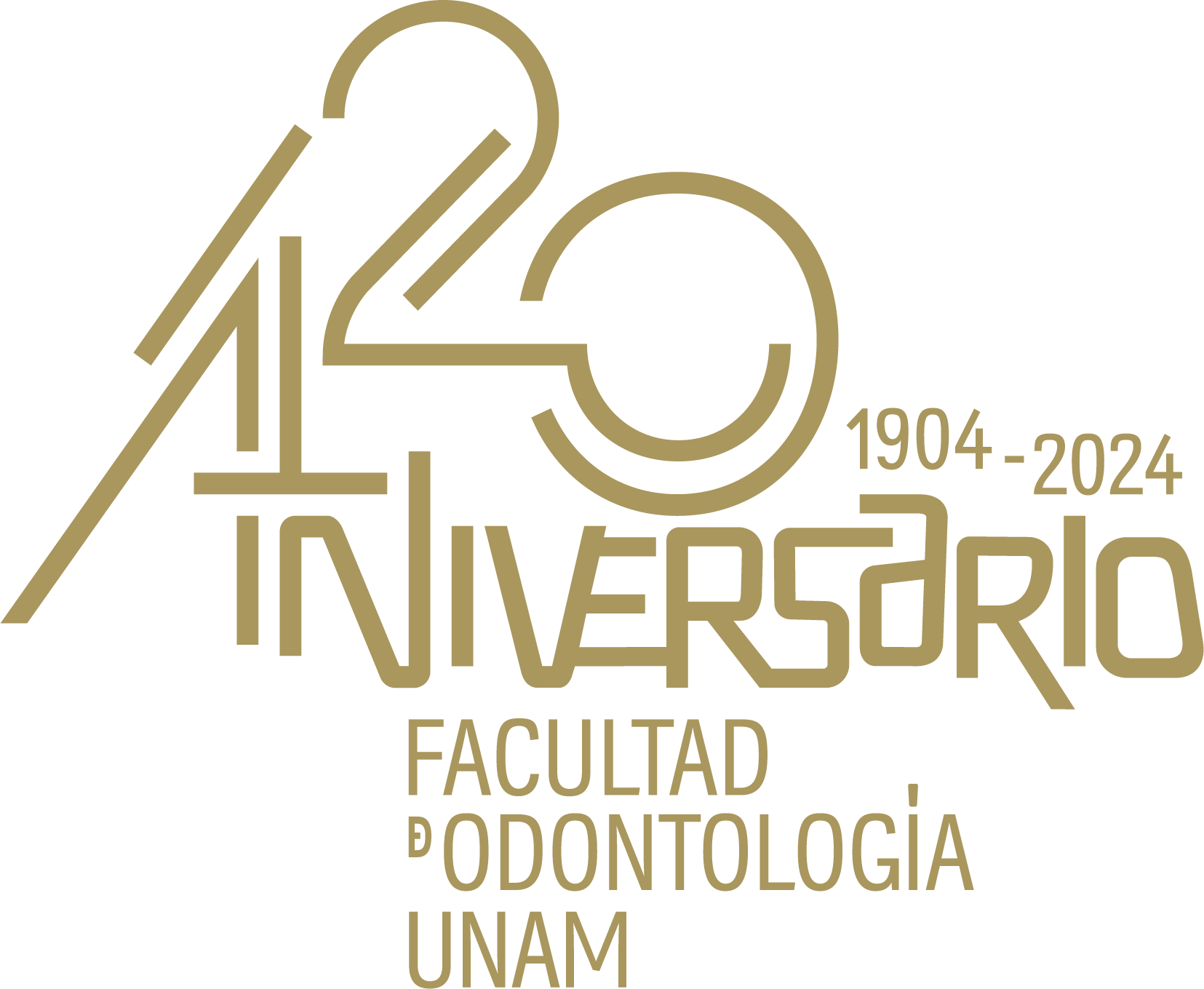Registro completo de metadatos
| Campo DC | Valor | Lengua/Idioma |
|---|---|---|
| dc.rights.license | https://creativecommons.org/licenses/by-nc-nd/4.0/legalcode.es | - |
| dc.creator | Contreras, Carlos | - |
| dc.creator | Carrera, Grecia | - |
| dc.creator | Rincón, Fernando | - |
| dc.creator | Sosa, Darío | - |
| dc.date.accessioned | 2025-01-29T00:12:04Z | - |
| dc.date.available | 2025-01-29T00:12:04Z | - |
| dc.date.issued | 2023 | - |
| dc.identifier.issn | 1870-199X | - |
| dc.identifier.uri | https://ru.odonto.unam.mx/handle/123456789/32194 | - |
| dc.description.abstract | Introduction: The mandibular canal is an anatomical detail that must be found to perform certain procedures in buccomaxillofacial surgery. Orthopantomography is a common diagnostic tool used in dental practice. Research of this type has been conducted in different countries on the mandibular canal and its relationship with other mandibular anatomical landmarks; however, there are no reports of Mexican populations. Objective: To determine the location of the mandibular canal in a Mexican population through orthopantomography. Materials and methods: Descriptive cross-sectional study. The sample consisted of 270 orthopantomograms obtained from a private radiological center in Nuevo León, Mexico, from 2019-2021. The data were analyzed using descriptive and inferential statistics using the statistical package SPSS v.15. Results: Statistically significant differences were obtained in the measurements between the right side and the left side, gender, in some age groups. Conclusion: There are significant differences in the distances between the mandibular basal and vertical distance, including the molars regarding the mandibular canal, between individuals of both genders and with emphasis on the third and sixth decades of life. The importance of correct diagnosis through orthopantomograms allows the clinician to avoid injuring noble mandibular structures. | - |
| dc.language | spa | - |
| dc.publisher | Universidad Nacional Autónoma de México. Facultad de Odontología | - |
| dc.rights | La titularidad de los derechos patrimoniales de esta obra pertenece a las instituciones editoras. Su uso se rige por una licencia Creative Commons BY-NC-ND 4.0 Internacional, https://creativecommons.org/licenses/by-nc-nd/4.0/legalcode.es, fecha de asignación de la licencia 2024-12-13, para un uso diferente consultar al responsable jurídico del repositorio por medio del correo electrónico revodontologicamexicana@gmail.com | - |
| dc.subject | mandibular canal | - |
| dc.subject | orthopantomography | - |
| dc.subject | oral surgery | - |
| dc.subject | mandible | - |
| dc.subject | canal mandibular | - |
| dc.subject | ortopantomografía | - |
| dc.subject | cirugía bucal | - |
| dc.subject | mandíbula | - |
| dc.subject.classification | Ciencias Biológicas, Químicas y de la Salud | - |
| dc.title | Localización radiográfica del canal mandibular en una población mexicana, periodo 2019-2021 | - |
| dc.title.alternative | Radiographic Localization of Mandibular Canal in a Mexican Location, from 2019 to 2021 | - |
| dc.type | Artículo Técnico-Profesional | - |
| dcterms.provenance | Universidad Nacional Autónoma de México. Facultad de Odontología | - |
| dc.description.repository | Repositorio Universitario de la Facultad de Odontología, https://ru.odonto.unam.mx/ Facultad Odontología | - |
| dc.rights.accessrights | Acceso abierto | - |
| dc.identifier.url | https://www.revistas.unam.mx/index.php/rom/article/view/86316/79178 | - |
| dc.identifier.bibliographiccitation | Contreras, Carlos, et al. (2023). Localización radiográfica del canal mandibular en una población mexicana, periodo 2019-2021. Revista Odontológica Mexicana Órgano Oficial de la Facultad de Odontología UNAM; Vol. 27 Núm. 3, 2023. | - |
| dc.identifier.doi | https://doi.org/10.22201/fo.1870199xp.2023.27.3.86316 | - |
| dc.relation.ispartofjournal | Revista Odontológica Mexicana Órgano Oficial de la Facultad de Odontología UNAM; Vol. 27 Núm. 3 (2023) | - |
| Aparece en las colecciones: | Revistas | |
Los ítems de DSpace están protegidos por copyright, con todos los derechos reservados, a menos que se indique lo contrario.

